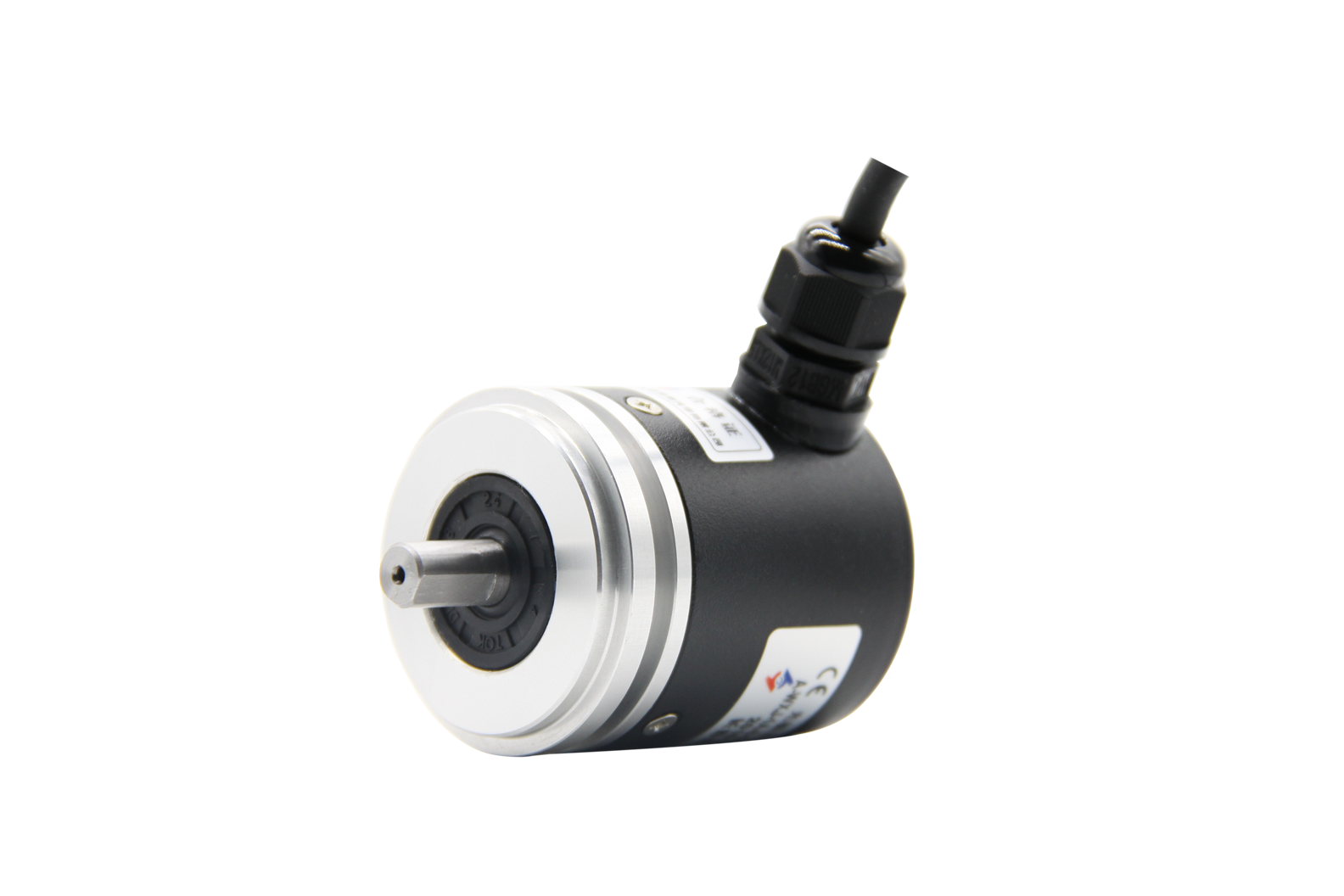With the development of smart home technology becoming more and more mature, a variety of smart home systems have emerged. The following KOTI smart home company will let you know smart home from the perspective of communication methods. At present, the mainstream smart home communication methods are: Bus, wireless and power carriers.
First, smart home system based on bus communication
Nodes use RS485/CAN/FT and other bus communication technologies to avoid system architecture and other factors. These smart home systems are the strongest and most stable anti-interference system. However, its shortcomings are also obvious. Node communication requires a dedicated communication line, and the installation and commissioning costs are the highest.
Second, based on wireless communication smart home system
The communication methods between nodes using wireless communication technology for communication can be divided into two categories:
1. RF wireless communication technology represented by 315M/433M, which is the simplest and lowest cost wireless communication technology, and the point-to-point communication is stable and reliable. Because of its low technology threshold and low power consumption, it can realize the wireless remote control of single fire switch. Therefore, it is the most widely used communication method in the smart home company and smart home system market. The penetration ability is weaker than other wireless, and the communication distance is limited, but the diffraction ability is strong.
2. The wireless communication technology represented by ZIGBEE/ZWAVE has self-organizing network capability, adopts multi-channel communication, and has anti-interference ability and relay capability. Compared with RF technology, power consumption is increased, and only zero can be done. Fire switches also have the disadvantage of poor wall penetration and limited communication distance. Although the ZIGBE relay can solve the distance problem, as the number of relay stages and the number of nodes increase, the node drop and communication failure frequently occur.
Third, smart home system based on power communication
The nodes use the original power line for communication, and the original wires are used as the communication medium, and there is no need to use a dedicated communication bus like the bus. Divided into two categories by technology type:
1. X10 power line communication technology is a kind of power line communication technology that modulates the signal at the zero-crossing point of the alternating current. Signal modulation at the zero-crossing point can reduce signal interference, but the disadvantage is that the communication efficiency is too low and has been adapted. There is no need for more and more complex smart home systems.
2. PLC power line communication technology is a technology for carrier modulation on power lines, using narrowband technology with digital signal processing technology, dual carrier frequency technology, and forward error correction technology.
Fourth, intelligent home system for Ethernet communication:
This communication technology communicates directly with the smart phone through WIFI. The big disadvantage is that the production cost of the node is high, and it is prone to the phenomenon of disconnection like ZIGBEE. The application range of the smart home system is small, and it is more suitable for use in the smart home item. in.

Incremental Encoder,Linear Scale Encoder,Dual Concentric Rotary Encoder,Dc Servo Motor Encoder
Yuheng Optics Co., Ltd.(Changchun) , https://www.yuhengcoder.com